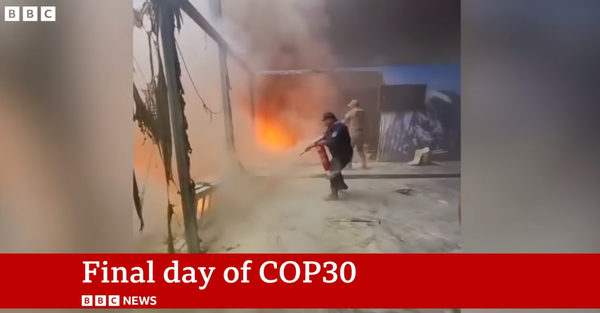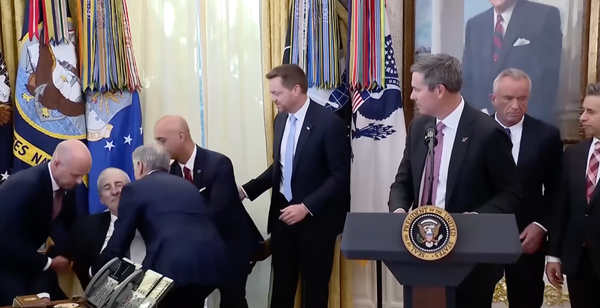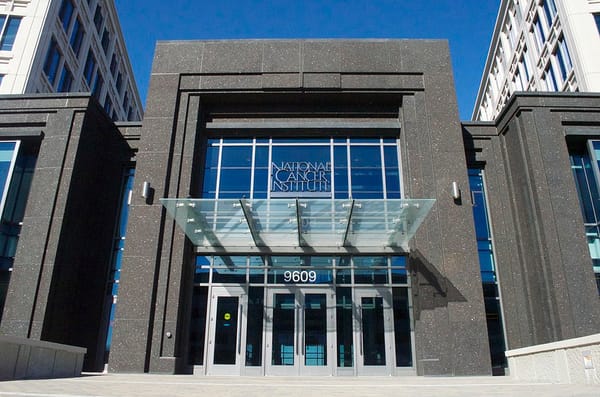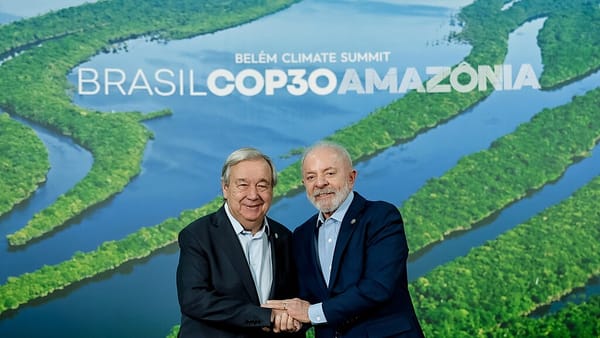Climate Tipping Points Don't Face in Just One Direction
Some of the scariest climate thresholds are approaching fast. But so are some potential ways out.
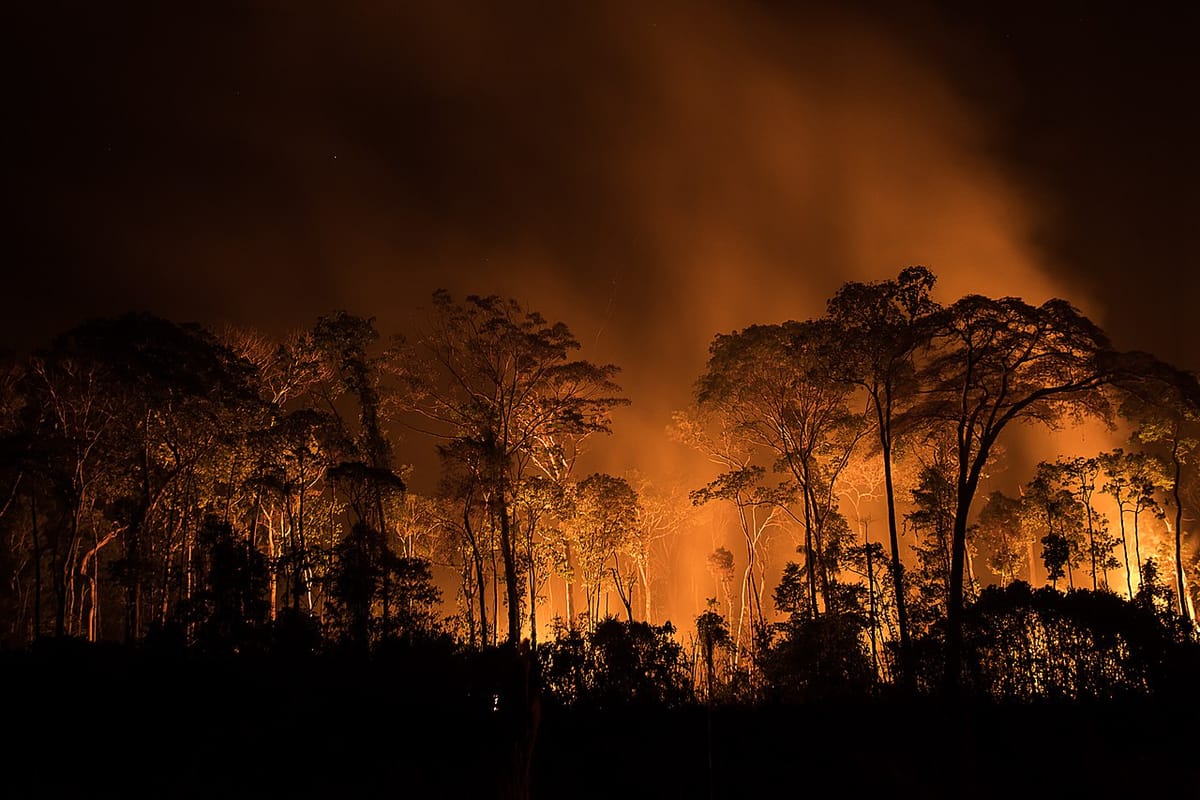
Please subscribe to support my independent writing and reporting on science, politics and policy.
For 29 years, the UN climate change conferences known as the COPs have sported very similar language. Since the 2015 Paris Agreement in particular, the rhetoric of international climate diplomacy has seemed set in stone, with a never-ending focus on theoretical global policy that would prevent warming of 1.5 degrees Celsius above pre-industrial levels. As recently as two years ago, the president of the Dubai-hosted COP28, Sultan Al Jaber (who was also, uh, an oil executive) repeatedly called 1.5 degrees "our north star."
What most scientists would tell you today, though, is that the 1.5-degree ship has almost certainly sailed. With COP30 a month away in Belém, Brazil, that uncomfortable truth seems to be escaping containment.
"In Belém, we have the first COP to take place in a new reality: the first where we can be sure that we will cross limits," starts the narration of a new video from a group publishing a report on global tipping points. "We will soon exceed warming of 1.5 degrees. We will further damage countries, economies, and the lives of millions of people. And the speed of change will accelerate, until it becomes unstoppable."
That grim narration is voiced by Jacinda Ardern, the former Prime Minister of New Zealand and this year's special envoy to COP30 from Oceania — a politician, engaged in the post-scientific, political side of climate change discussion. This apparent public acceptance of ostensible global failure is, somehow, not as doom-and-gloom as it sounds: the new report on tipping points, from hundreds of researchers and policymakers around the world, is actually aimed not just at scaring us all to death but also at repurposing some of the bleakest climate change language toward positive ends.

